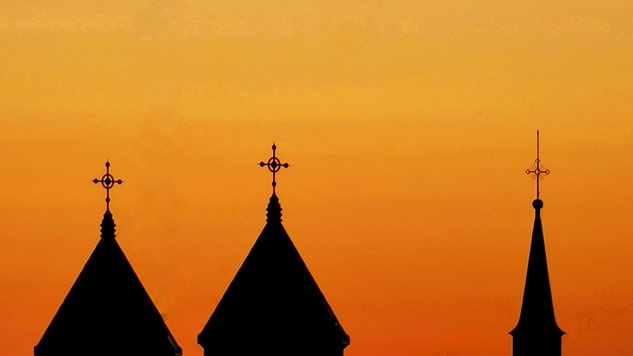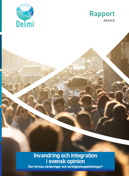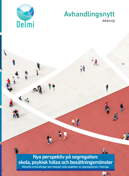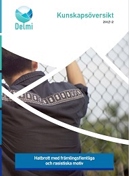Some overall conclusions
- On an individual level, we can see that migrants in Sweden have a high degree of religiosity, but that this decreases over time in Sweden. There is, however, a variation within this trend. We know very little about whether or not the religiosity of the native population changes as a result of migration to Sweden.
- Religion has a strengthening, supporting and integrating function for migrants in Sweden.
- A number of new religious communities have established themselves in Sweden as a result of migration, but even previously established religious communities have gained new members. Religious communities are faced with a variety of different challenges as result of community changes and migrants’ religiosity.
- How the public sector relates to religious plurality is currently resolved on a case-by-case basis, as there are (thus far) no predetermined clear guidelines for how the public sector should relate to an increased religious plurality. How the public sector relates to religious plurality as a result of migration differs depending on the Scandinavian country.
Policy recomendations
The following policy recommendations can contribute to a more effective approach to migration, religion, and integration:
- At the authority level, enable the production of more knowledge on what religion and religious communities mean for migrants and how they provide support for migrants;
- Create support functions at the municipal (and possibly regional) level, not only a the state level, which can support more locally rooted religious communities, their congregations, and their affiliates;
- The Authority for Support to Faith Communities (SST) should continue with the dissemination of knowledge in the field, but through an established collaboration with academia;
- create a cohesive research and education environment within the field, for example, at established institutions/centers.
About the author
Magdalena Nordin is an associate professor in the sociology of religion and a university lecturer at the Department of Literature, History of Ideas, and Religion at the University of Gothenburg.
This research overview is only available in Swedish.
The research overview was published February 23rd, 2023.
Photo: Vasilica Ciocan, Unsplash



